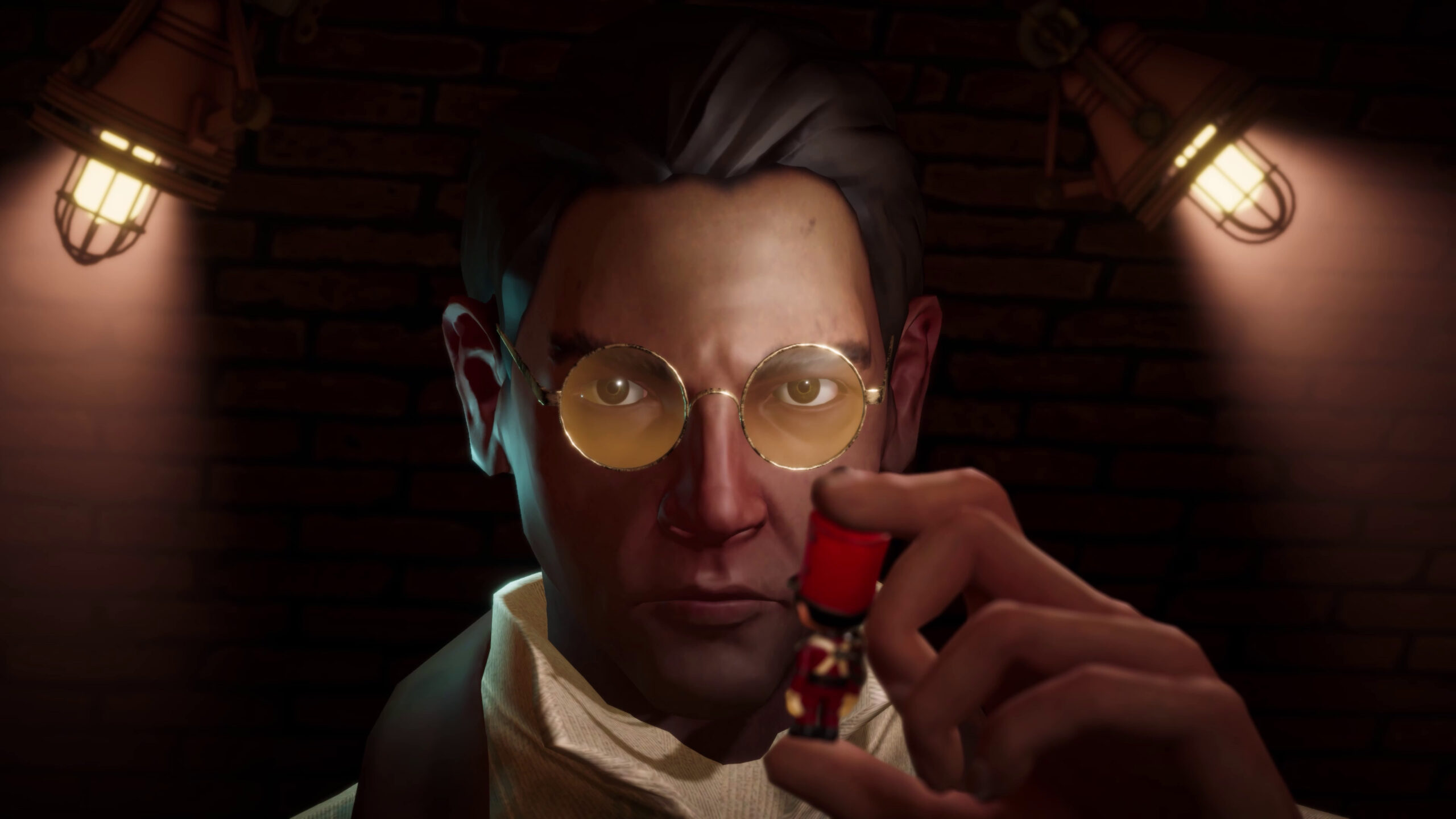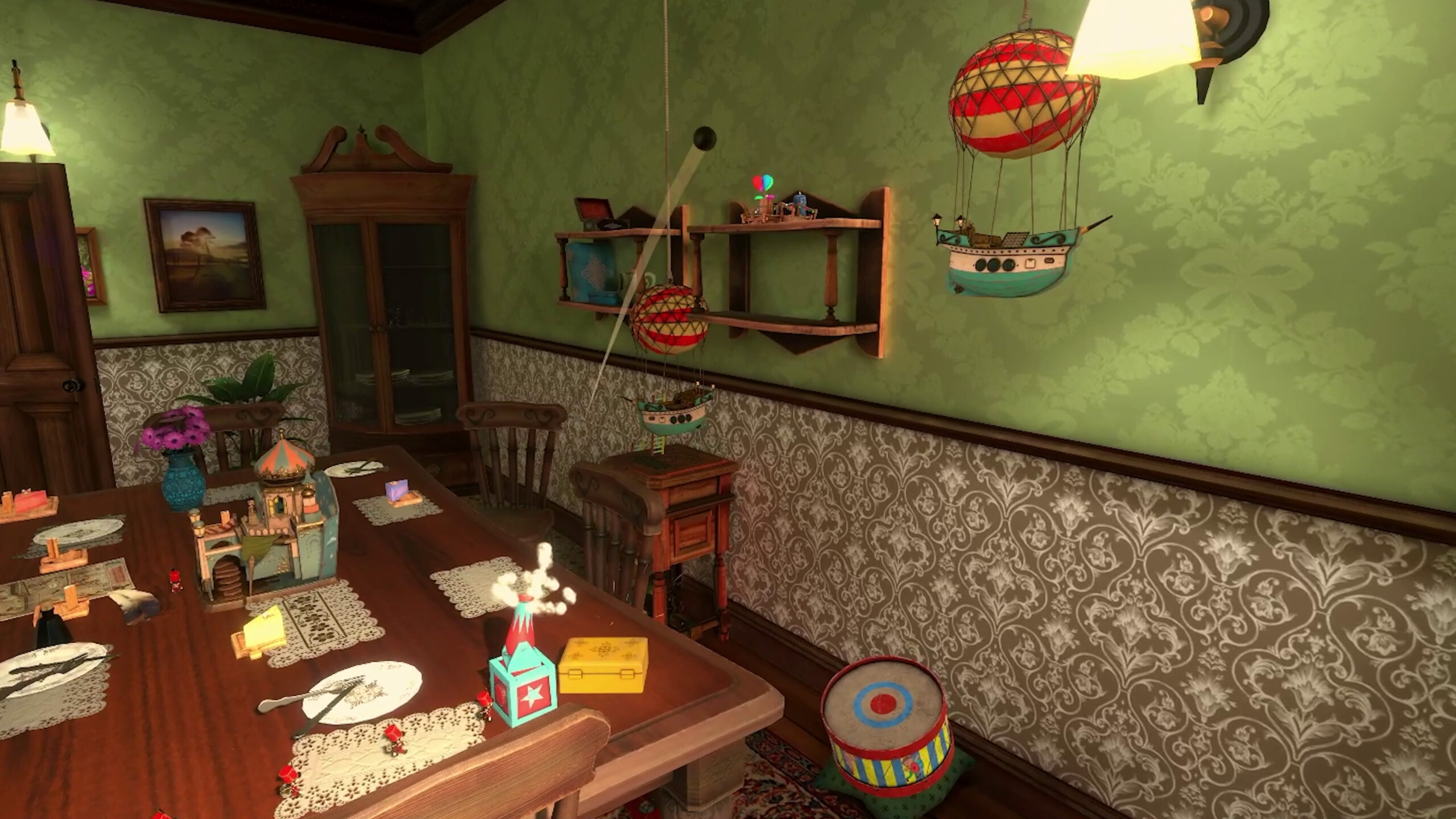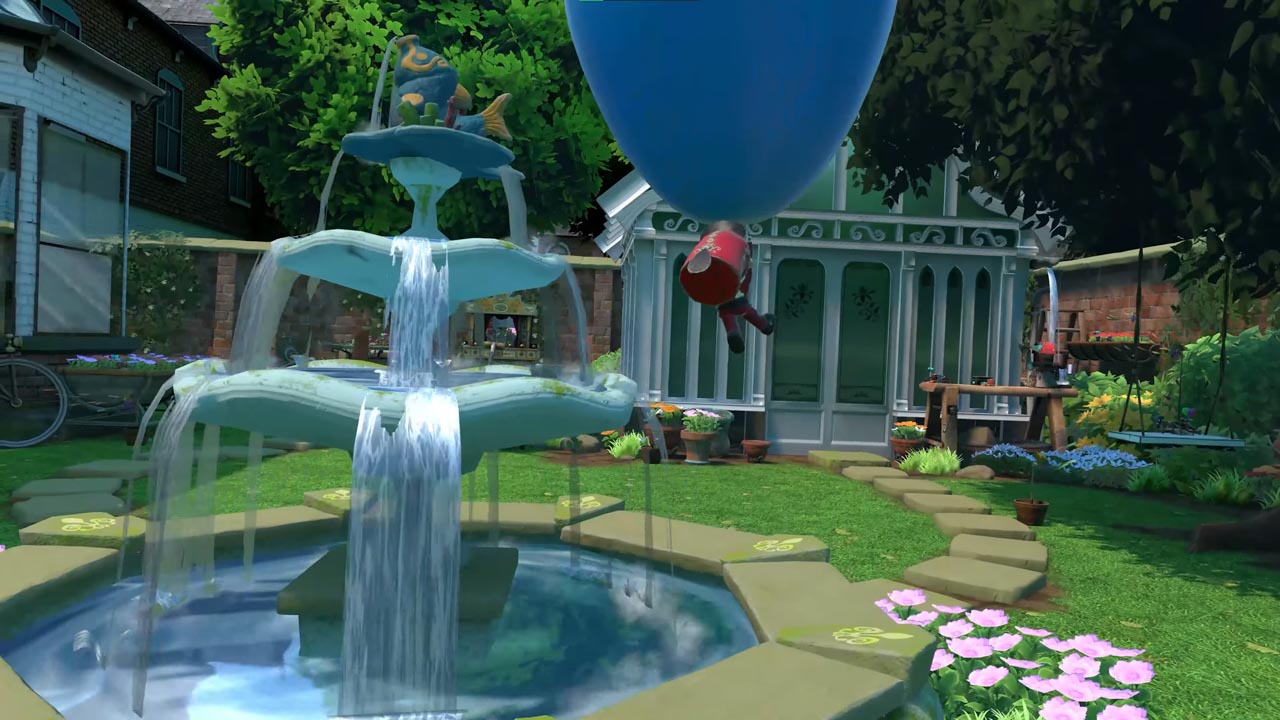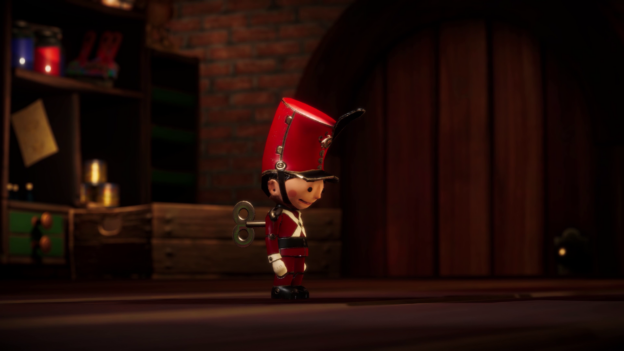Go ahead! Go ahead! Soldiers!
Death cannot be avoided.
That line by Hans Christian Andersen immovable tin soldier always stuck with me The story’s tin soldiers may be immovable, but the man is in a paper boat that sinks through sewers and out to sea. He certainly never sees his crush again. Dying is part of the job, brah.”
Tin soldiers are rough. Their fate in the puzzle game Tin Hearts is less sad, but still dangerous. No deadly fish or vengeful jack-in-the-box to face (read the story, it’s actually pretty awesome). It’s your job to make sure they don’t.
Tin Hearts sets a multitude of environmental puzzles where you must guide a squad of Tin Soldiers safely from a box to a given destination.
Soldiers march in a straight line until they encounter an object that deflects them in another way. Since you are a toy store, these objects are mostly in the form of toys scattered around the room. Or was a toy store. It’s clear from the start that the Tin Soldiers are ghosts who can slowly gain new abilities to help them reach their goals.
The story here is more than a gimmick to keep things going. It’s unobtrusively told alongside the puzzle, giving the gameplay a layer of depth that most puzzle games don’t have. As you progress through the Victorian setting, you’ll meet the toymaker, his family, and over three generations of him. The balance between story and puzzles is cleverly measured to ensure the game flows well from level to level.

The story is also an important factor, but what really matters is the puzzle. There are good ones and bad ones. The good thing is that they are smart, long and numerous. Albert (Story’s toy maker) has full control over the room containing the puzzles, so the player can see the path and obstacles from most angles. Actually, you have to explore the room. As the soldier marches towards his objective, he must find the objects necessary to change his course. The puzzles are very clever and original, satisfying every time you march to safety.
Bad things are mixed in with this whole thing. Freedom of movement may add depth to the process, but it disrupts the process. The movements are jerky and the cameras don’t always cooperate. Sometimes you can walk through objects, sometimes you can’t. It also unnecessarily complicates the problem by having to place pieces throughout the room. Certain puzzles can make you rack your brains for a while only to realize you’ve overlooked a piece hidden at the bottom of the bucket. If you carry a piece across the room before realizing you don’t need it, dropping it will return it to its original location on the other side of the room in the clear. As a result, you spend a lot of time going back and forth when you should be focusing on solving a puzzle.

I also struggled with orientation throughout the game. For example, have a triangular piece that deflects the soldier at his required 90 degree angle if the game can actually place it however you want. But it’s not.Instead, I had to find another part exactly the same shape Use in specific places. If there was a way to know the default orientation of the piece before placing it, I didn’t see it. So trial and error became a much bigger part of the puzzle-solving than it should have been. , whose muddyness has been carried over to clumsy controls. I desperately need a little more snapping to the movement, orientation and placement of objects.
Thankfully, not all design decisions get in the way. The best feature is the ability to rewind your soldier to a certain point instead of starting the puzzle over. This is especially useful later in the game when plotting paths for each turn. I also love how new features become available as toy technology advances throughout the game’s story.
Lastly, I don’t like the visuals of the game. The whole thing feels dated, especially the animation of his character in the story elements.

Many environment textures are muddy and pixelated, and the Tin Soldiers themselves don’t feel like they’re part of the environment they’re in.
Despite these frustrations, I enjoyed Tin Hearts. I attribute this to clever and challenging puzzles, relaxing low-stakes gameplay, and the simple fact that toys are fun to play with. Game mishaps are worth messing around with for the same reason they’re worth doing. These are the toys of our childhood, and it’s worth going back to them whenever we can, even if it’s virtual.

And I am happy to offer the soldiers of the world more than inevitable death.

